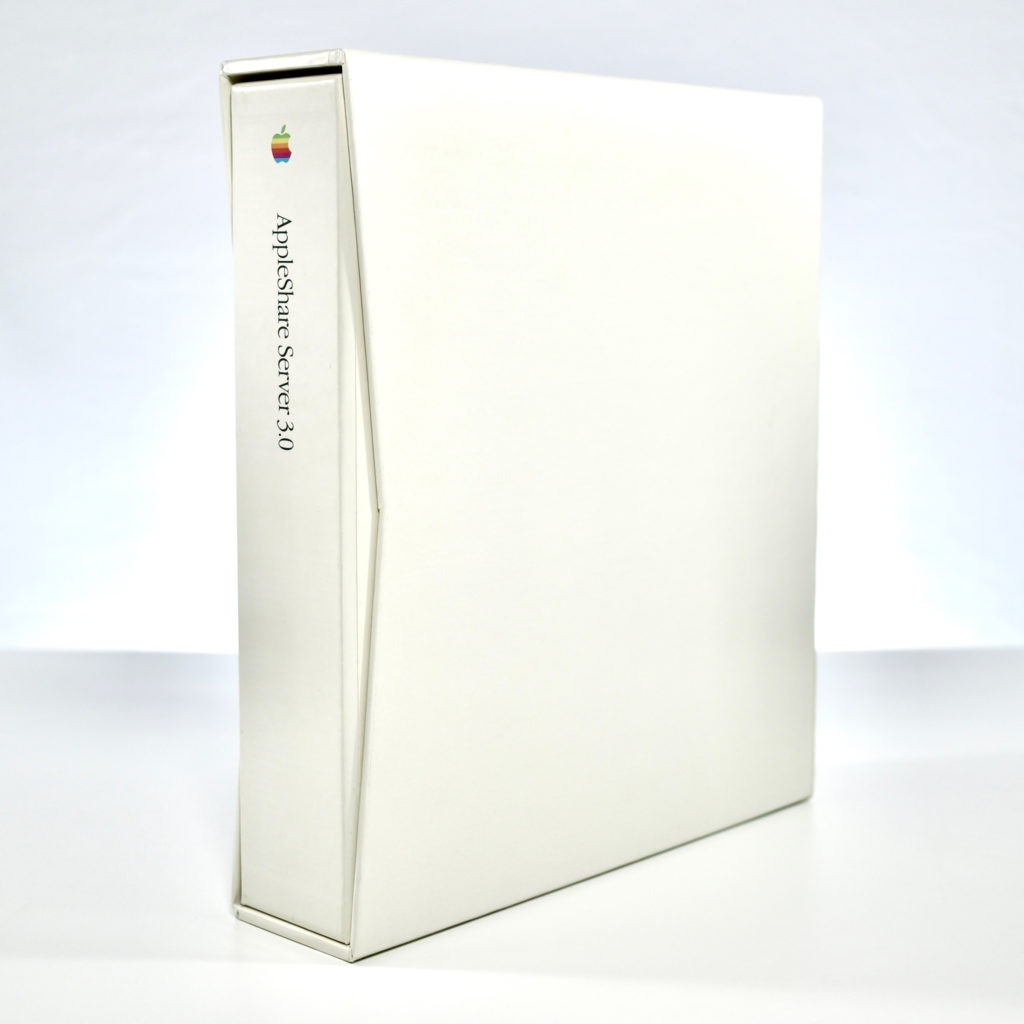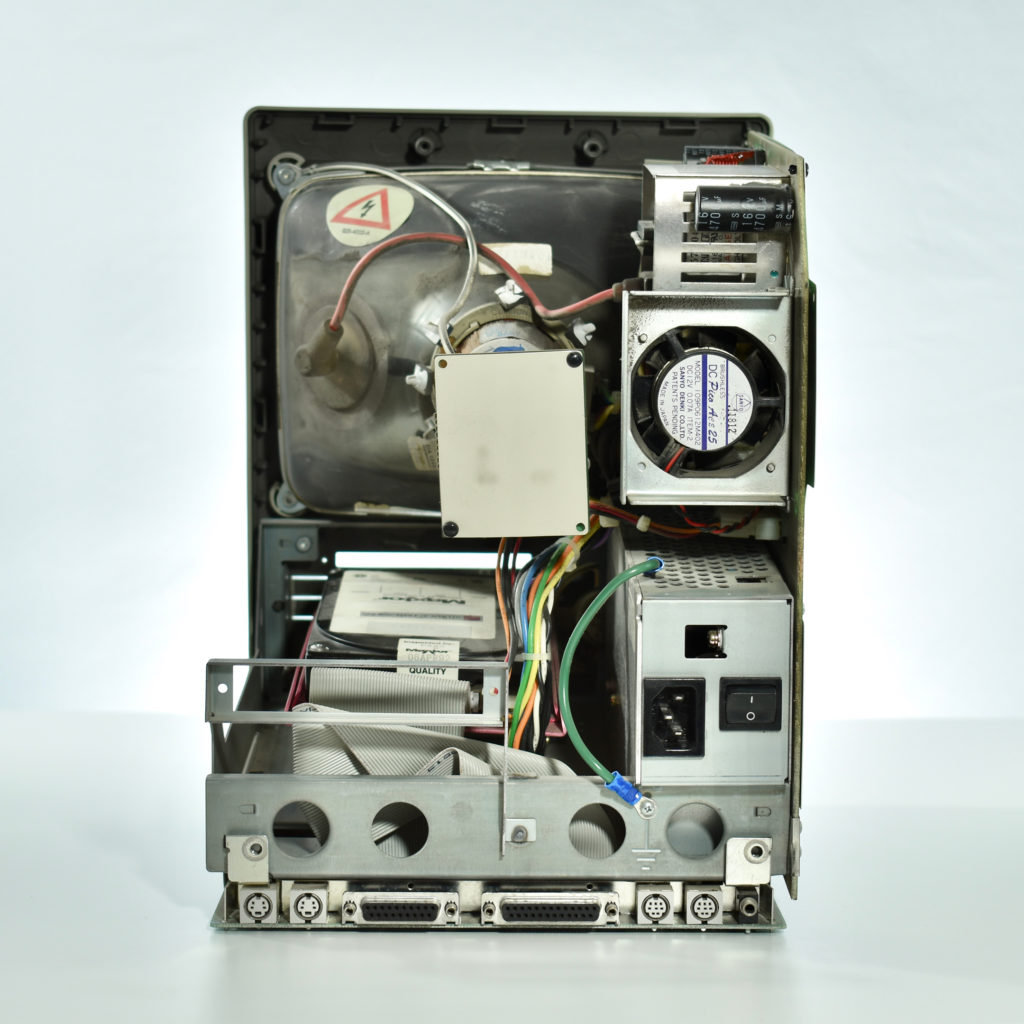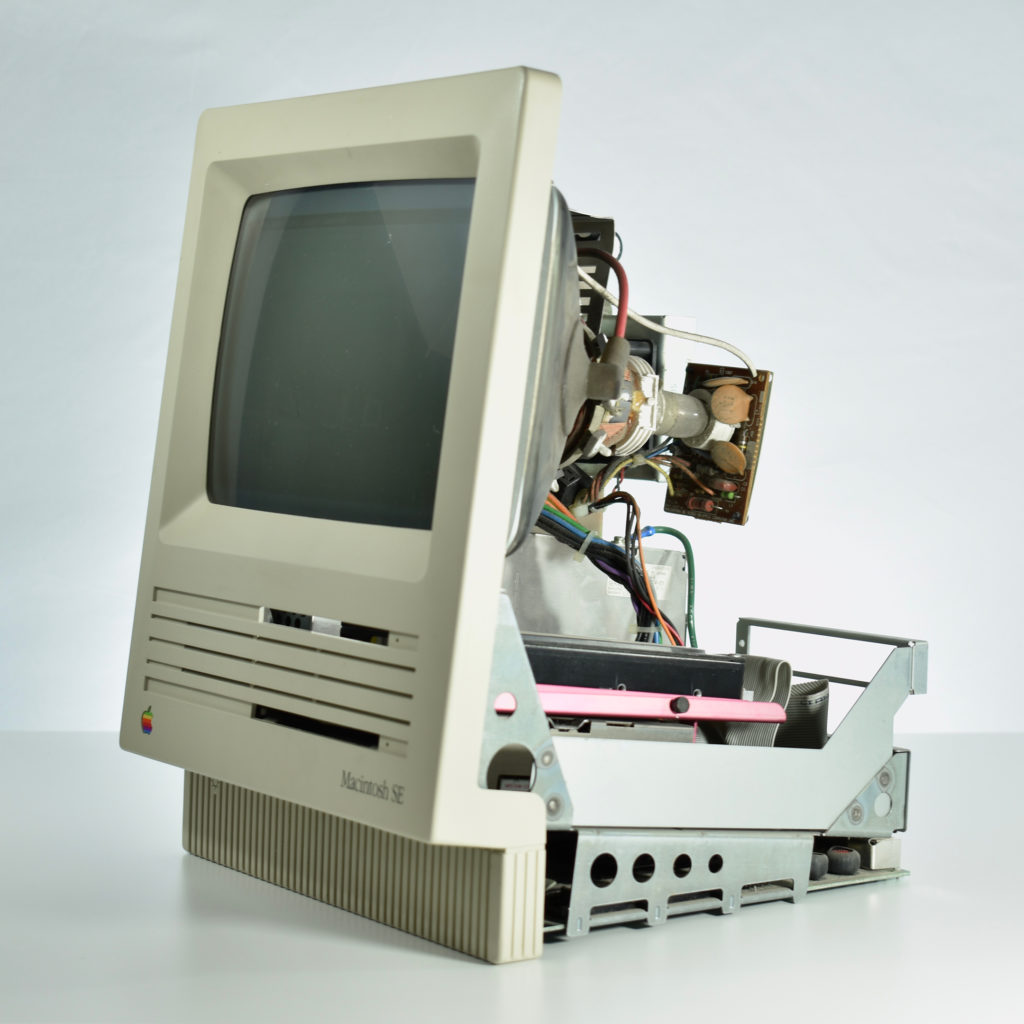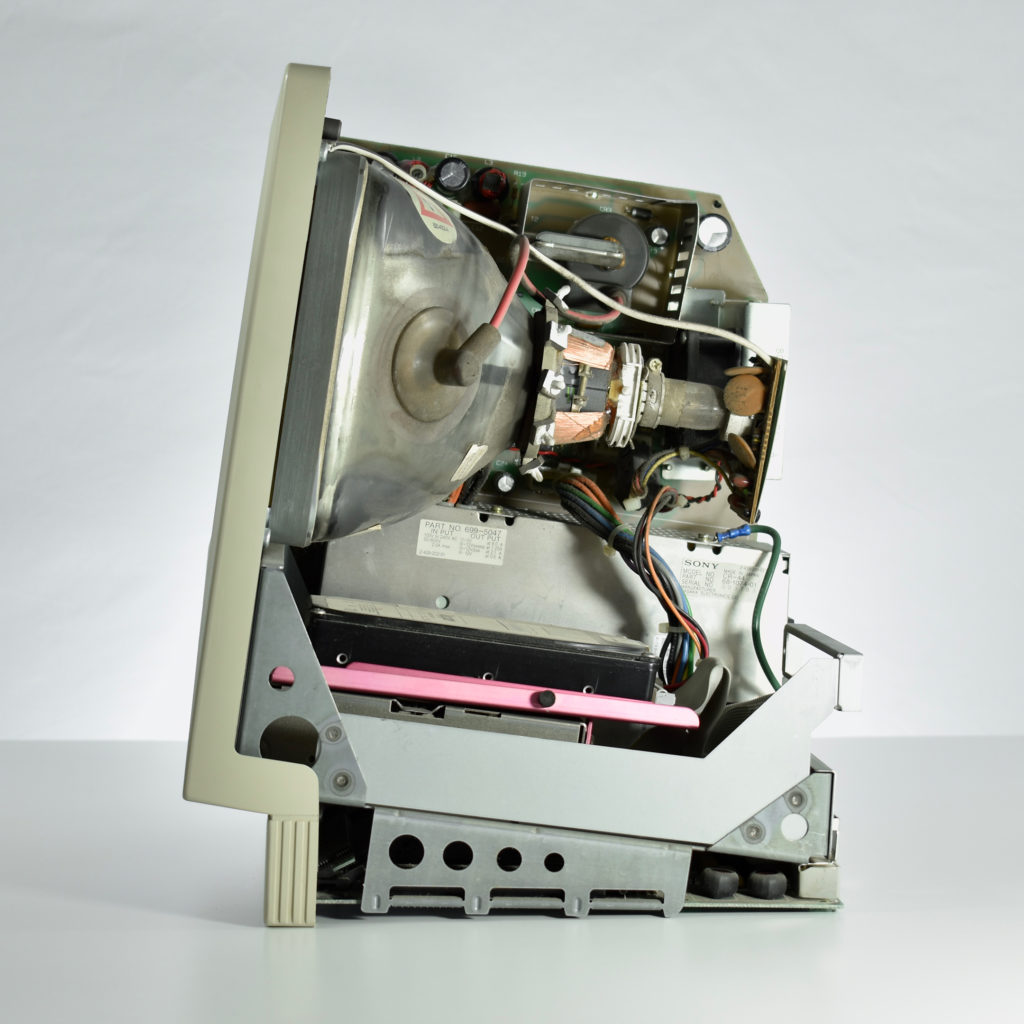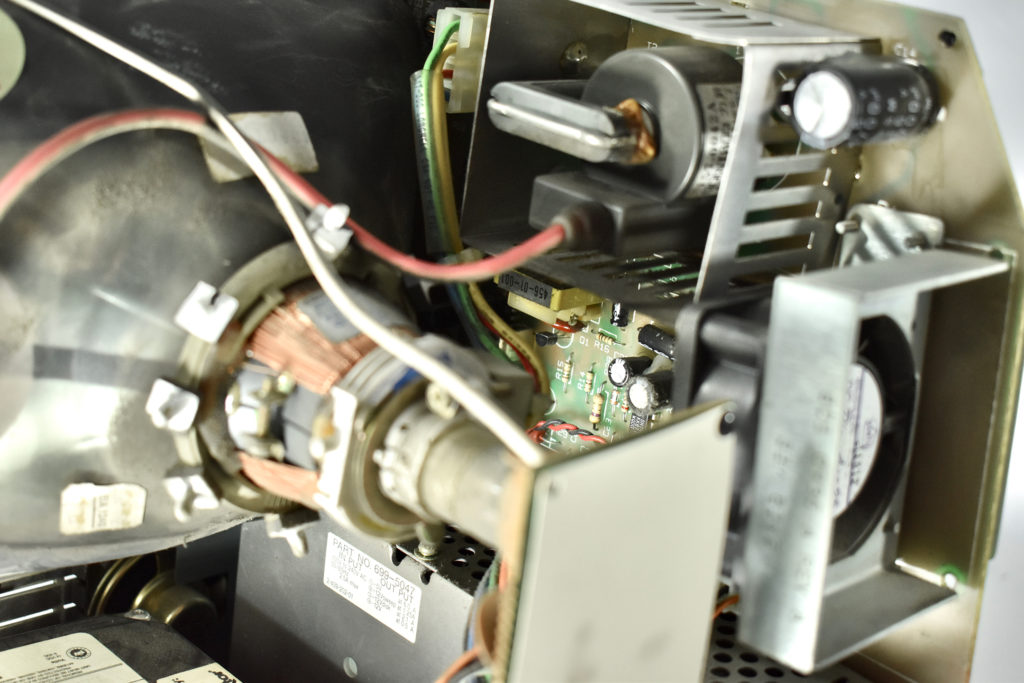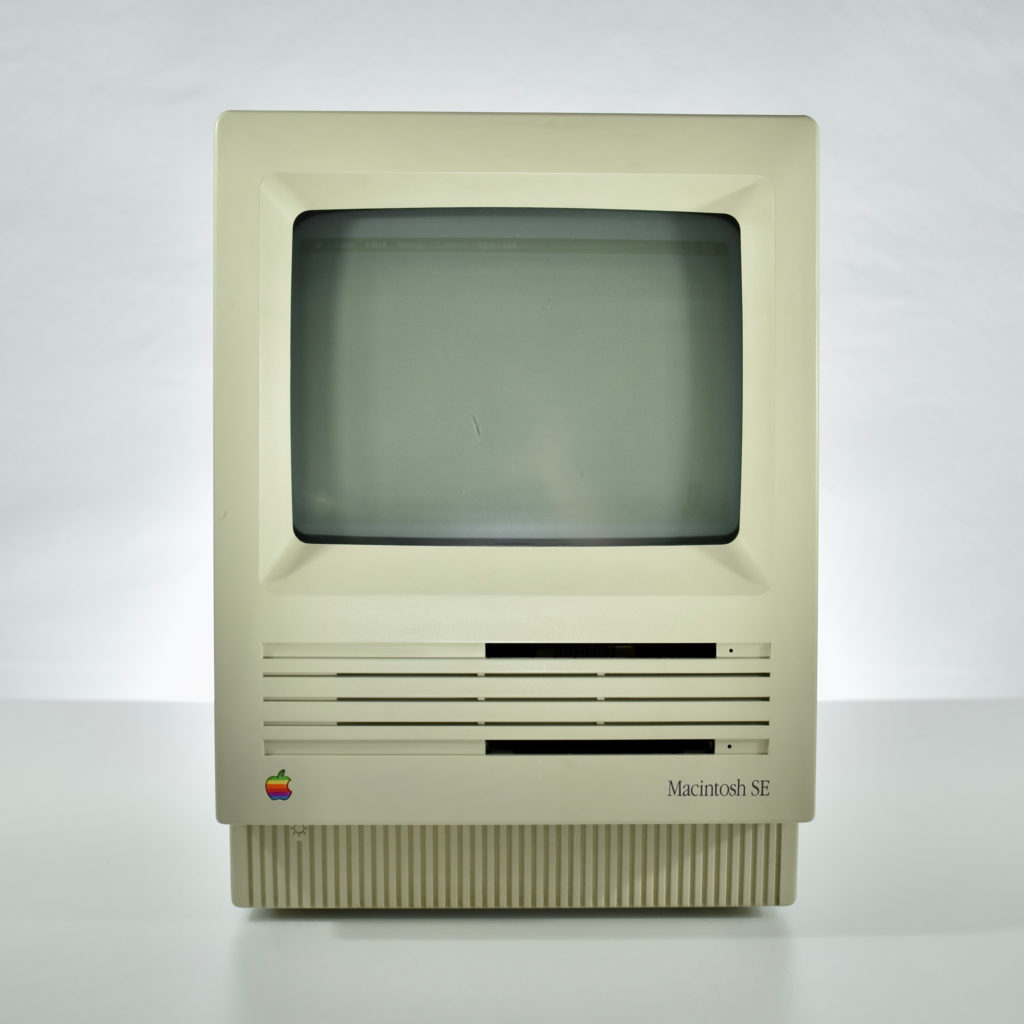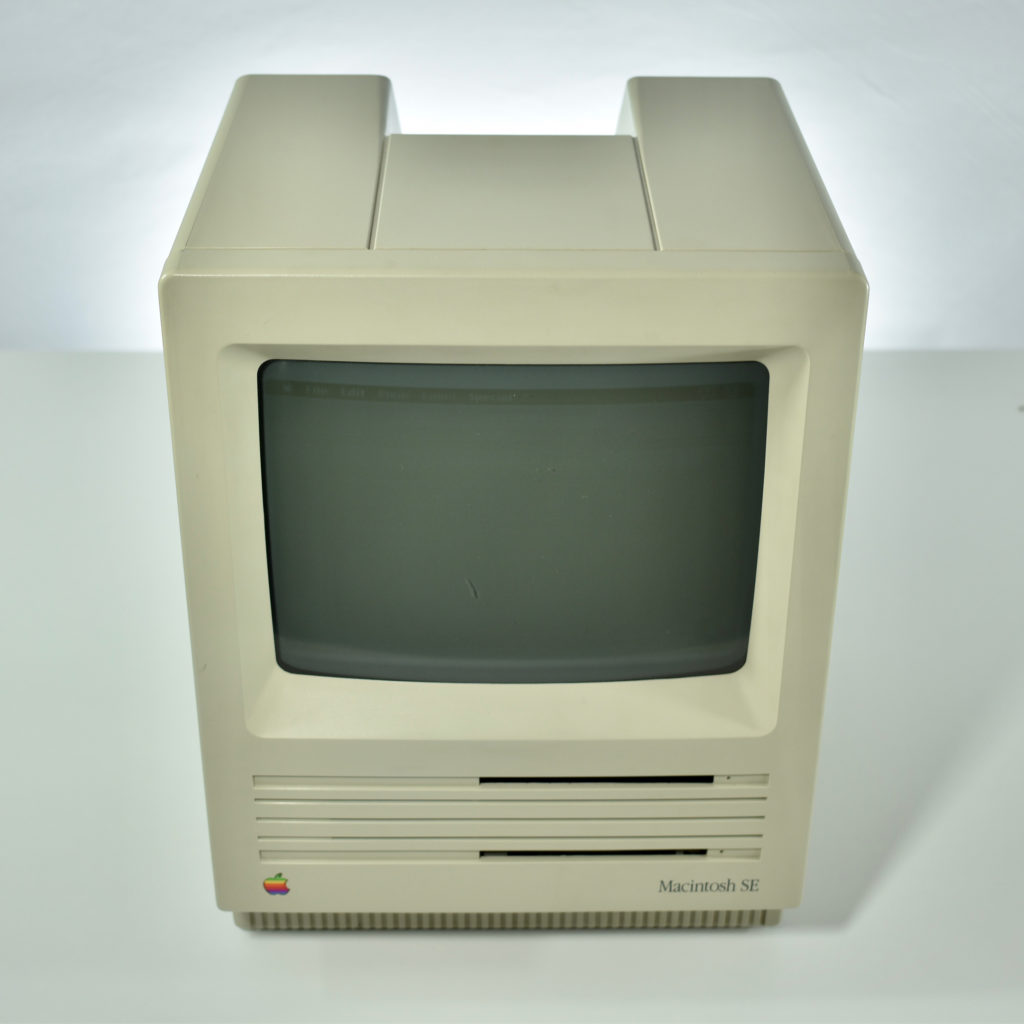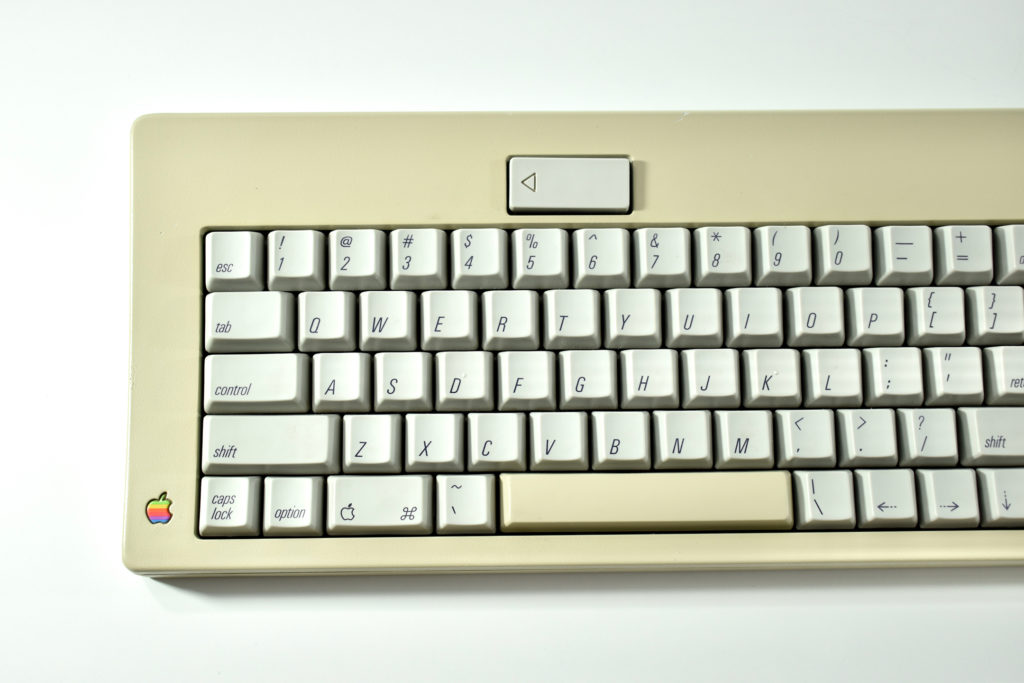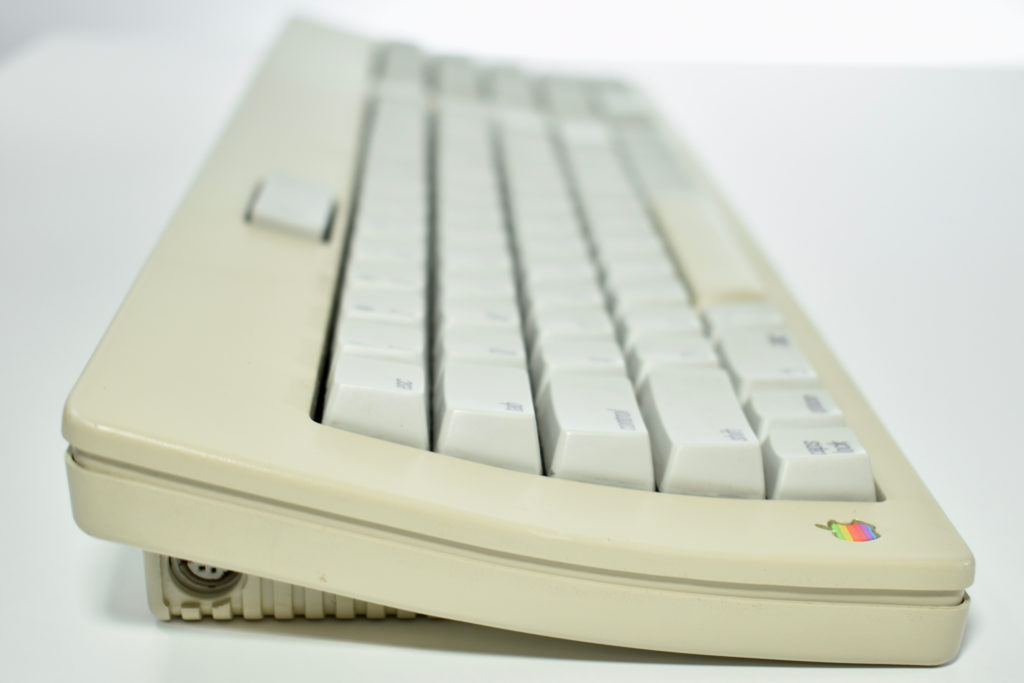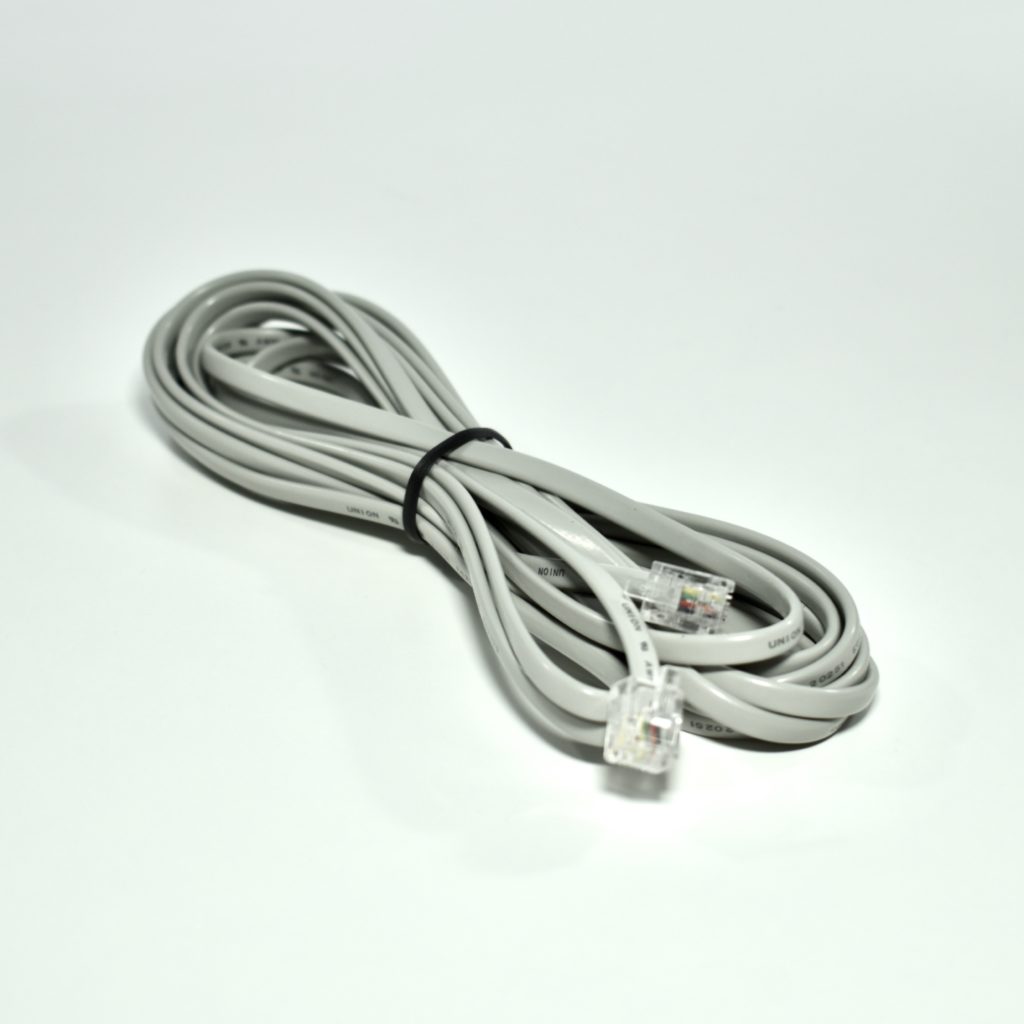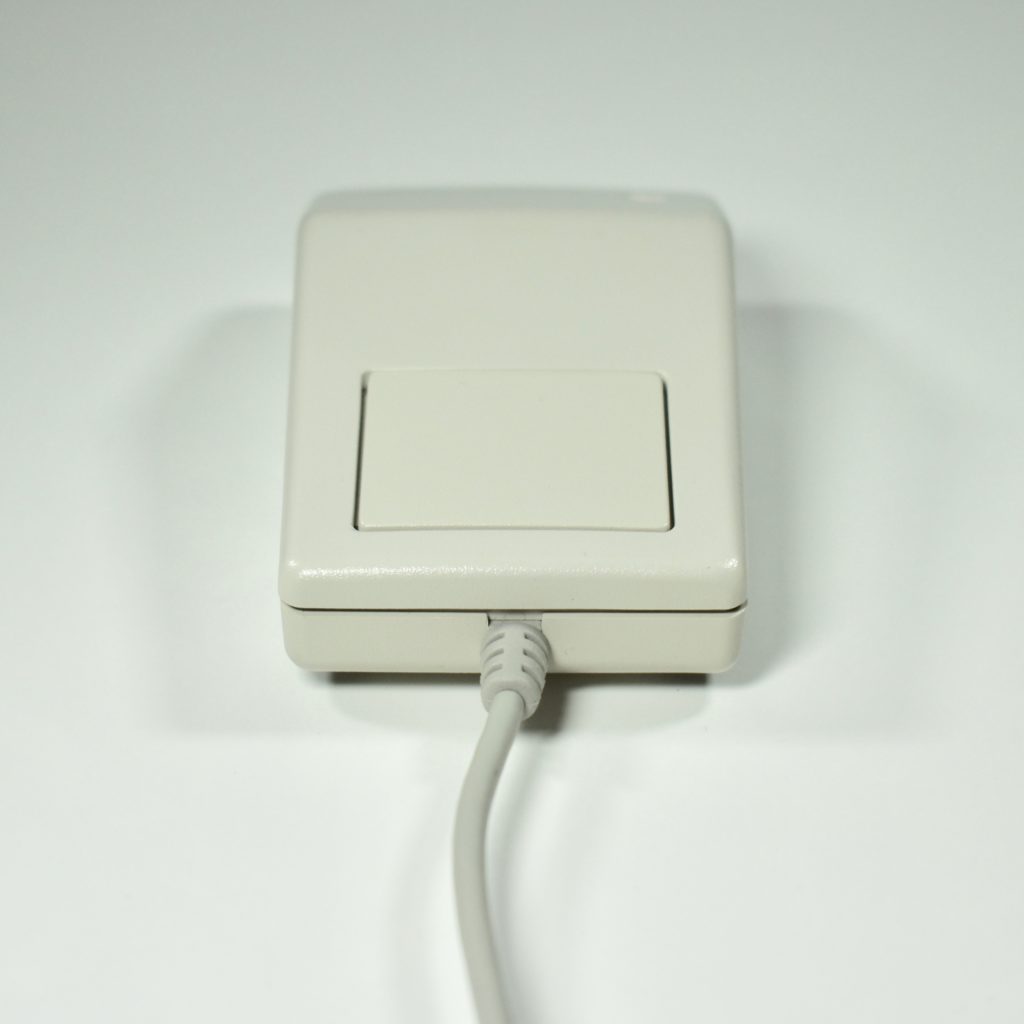AppleShare 3 is an early implementation of a networking system by Apple that connected several network services in one package. This version, AppleShare 3.0, predates the Internet and serves primarily as a file sharing system and print server. AppleShare ran on a Macintosh Plus, Macintosh SE, or Macintosh Classic with 4 MB of RAM, and also on a Power Macintosh.
Low End Mac compiled information about AppleShare and published the following features:
- requires System 7.0 or later
- runs on 68000 or later with at least 4 MB RAM
For file services, Low End Mac reports that AppleShare 3 allows up to:
- 120 connected users (v. 10 for file sharing)
- 346 unique files open at one time
- 50 shared volumes (vs. 10 for file sharing)
- 8,192 users and groups (vs. 100 for file sharing)
- 65,536 files per volume (limited by HFS file system)
- 4 GB volume size (System 7.0 through 7.1 are limited to 2 GB)
- 2 GB file size (requires AppleShare Workstation 3.5 or later on clients)
File sharing in AppleShare 3 was accomplished through AFP, Apple Filing Protocol (AFP), a proprietary network protocol that offered file services for the classic Mac OS.
This boxed version of AppleShare 3 is from 1992 and includes the original manuals and floppy disks required to install AppleShare on a Macintosh of the time.
Sources: Low End Mac, Wikipedia (AppleShare, AFP)




